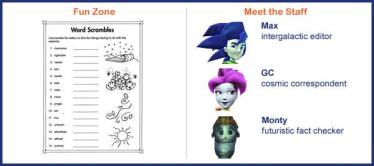Decades after Sputnik was launched by the Soviet Union, there are still records being set by satellites in outer space. For example, the Landsat 5, a satellite launched by NASA on March 1, 1984, has just recently set a world record for being the longest orbiting satellite in history.
Landsat 5 was initially launched as a cooperative effort between NASA and USGS (United States Geological Survey) to take satellite photographs of the Earth using a multi-spectral scanner system and a thematic mapper. The photographs the Landsat 5 has taken over the years show how the world has been changing from shrinking glaciers and forests to wildfires and volcanoes. Through the years, these photos have helped scientists understand how the world is changing and how people are changing it.
It is hard to believe that the Landsat 5 has survived in space for almost 29 years. When it had first launched into space, Ronald Reagan was president and the country was gearing up for the 1984 Summer Olympics in Los Angeles, which seems like ages ago.
The Landsat 5 has orbited the Earth more than 150,000 times, which means that it has traveled over four billion miles in space. Not bad for a satellite that was only supposed to last for three years.
Filed under: Current Events, Parents and Kids, Science Facts, Technology and Kids | Tagged: current news, NASA, satellite, space, technology, world record | 2 Comments »








